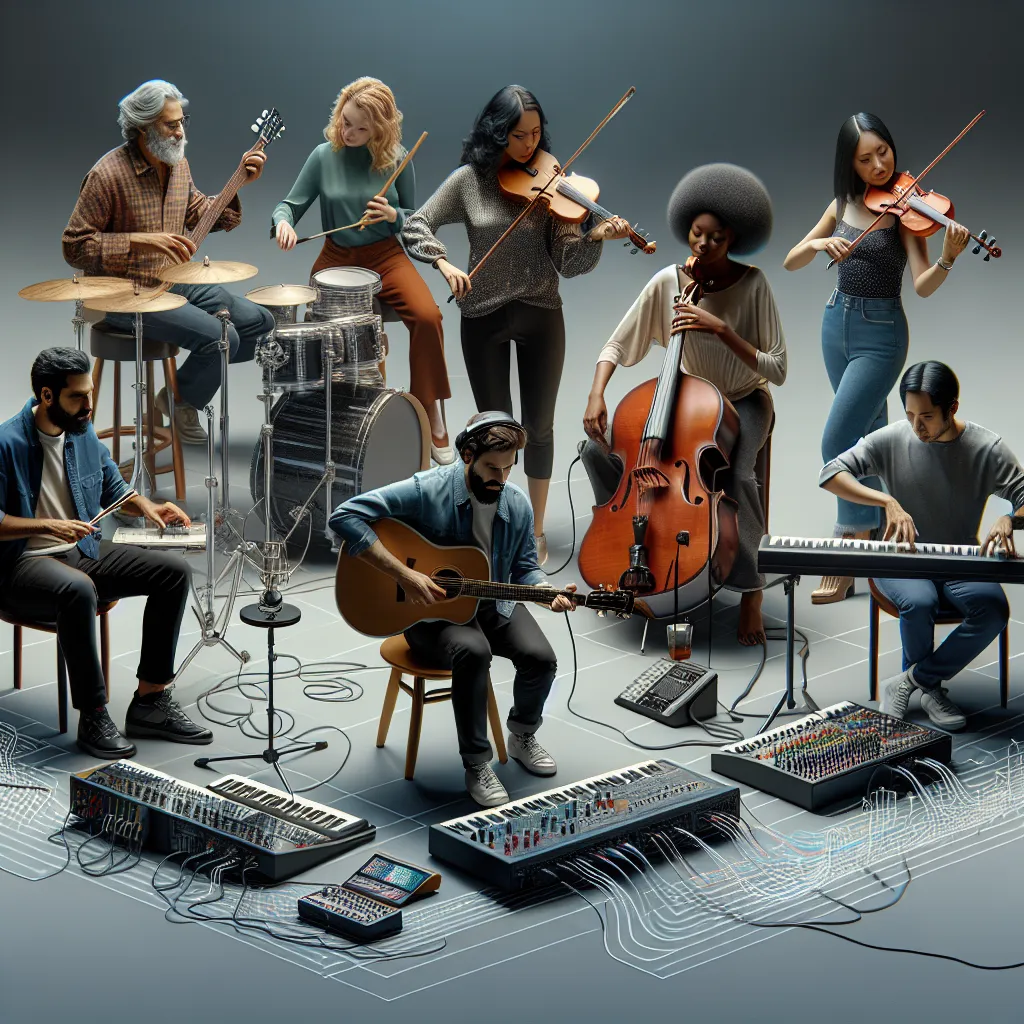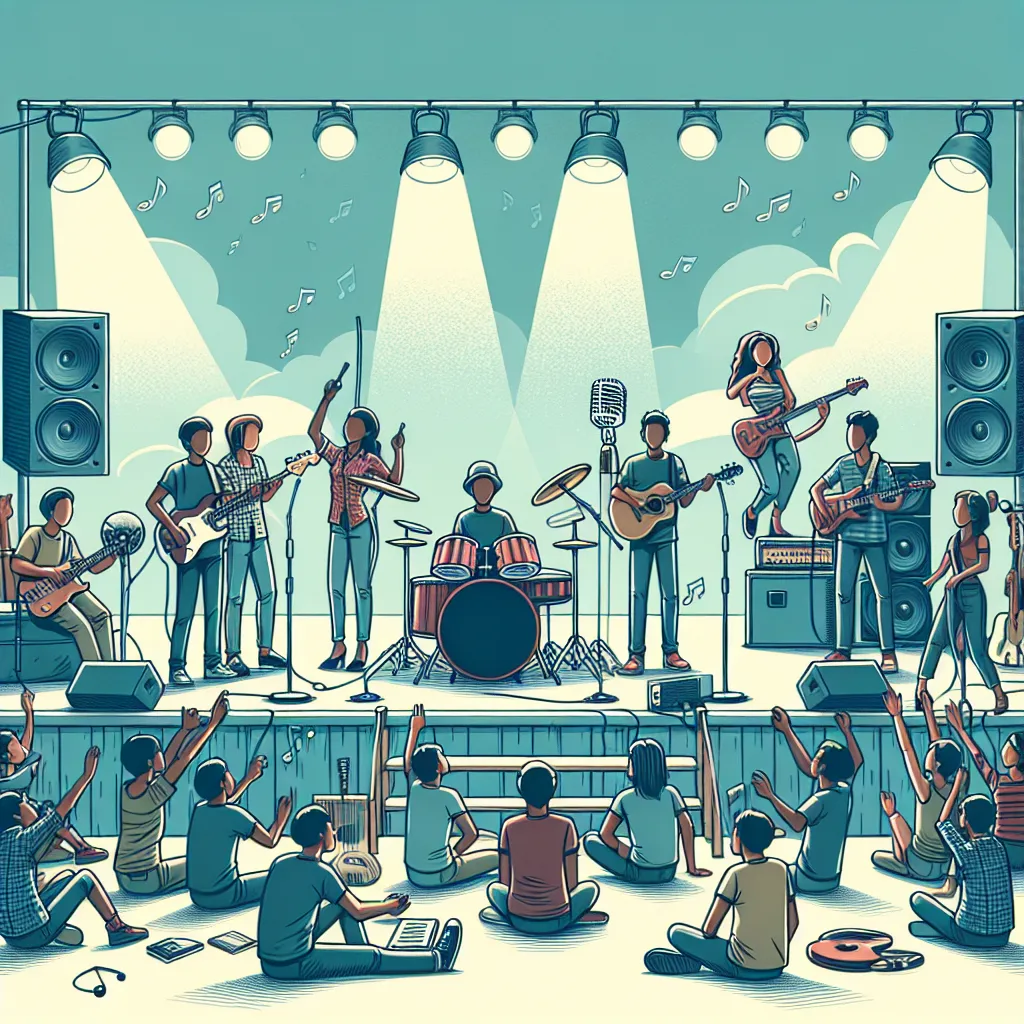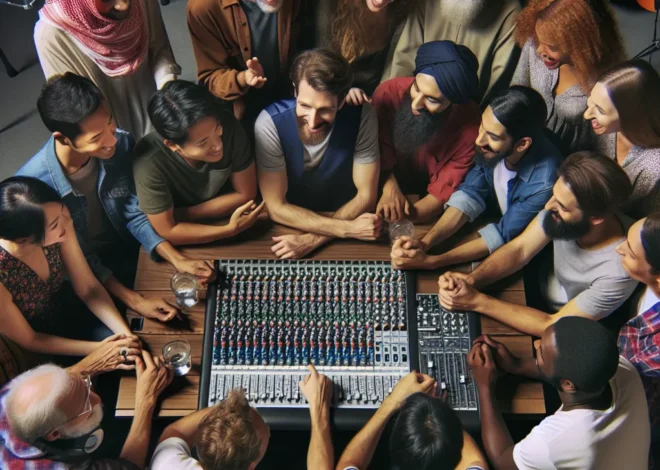
The Evolution of Bands in the Digital Age
The Rise of Online Collaboration in Band Dynamics
In the digital age, the evolution of bands has been greatly influenced by the rise of online collaboration. With the advancement of technology, musicians are no longer confined to the limitations of geographical proximity. Instead, they can now collaborate with band members and other musicians from anywhere in the world, revolutionizing the dynamics of band interactions.
Online collaboration has paved the way for bands to work together seamlessly, irrespective of their physical location. This has not only expanded the pool of talent that bands can tap into, but has also fostered a more diverse and global perspective in the creative process. Musicians can now bring in their unique cultural influences and musical styles, resulting in a rich tapestry of sounds that transcends borders.
Furthermore, the rise of online collaboration has streamlined the songwriting and production process for bands. Through cloud-based platforms and digital audio workstations, band members can easily share their ideas, work on tracks in real time, and provide instant feedback, enhancing the efficiency and creativity of the collaborative process.
From a marketing perspective, online collaboration has also heightened the visibility of bands. By leveraging social media, live streaming, and digital distribution platforms, bands can reach a global audience, build a loyal fan base, and engage with their followers in ways that were previously unattainable.
Overall, the rise of online collaboration in band dynamics has redefined the way musicians create, collaborate, and connect with their audience. As technology continues to advance, the potential for innovative and boundary-pushing musical collaborations is boundless, shaping the future of bands in the digital age.
Navigating the Changing Landscape of Music Distribution
The evolution of bands in the digital age has brought about significant changes in the way music is distributed and accessed by listeners. Navigating the changing landscape of music distribution has become a crucial aspect for bands and musicians looking to reach their audience in this new era.
With the rise of digital platforms, music distribution has shifted from traditional physical copies to online streaming and downloading services. Bands now have the opportunity to reach a global audience instantly through platforms such as Spotify, Apple Music, and Amazon Music. This shift has democratized the music industry, allowing independent bands to compete on a level playing field with major record labels.
Furthermore, social media and online marketing have become powerful tools for bands to promote their music and engage with their fan base. Platforms like Instagram, Facebook, and YouTube enable bands to directly connect with their fans, share new releases, and build a loyal following.
However, navigating this new landscape also presents challenges. The oversaturation of digital platforms makes it difficult for bands to stand out and gain visibility. Moreover, the shift towards streaming has raised concerns about fair compensation for musicians, as the revenue generated from streaming is often significantly lower than traditional album sales.
As bands navigate the changing landscape of music distribution, adapting to new technologies and marketing strategies is essential for success in the digital age. Building a strong online presence, targeting the right streaming platforms, and engaging with fans through social media are crucial steps in reaching a wider audience and thriving in the evolving music industry.
Harnessing Social Media in Band Promotion
One of the most significant aspects of the evolution of bands in the digital age is the way they harness social media for promotion. In today’s highly connected world, social media has become a pivotal tool for bands to reach their audience, build their brand, and promote their music. Platforms like Facebook, Instagram, Twitter, and YouTube provide bands with the opportunity to engage directly with fans, share their music, and create a strong online presence.
Through strategic use of social media, bands can develop a loyal following, generate buzz around their music releases, and even secure gig opportunities. By posting engaging content, such as behind-the-scenes glimpses, live performance videos, and Q&A sessions, bands can humanize their brand and connect with fans on a deeper level. Additionally, social media allows for targeted advertising, enabling bands to reach specific demographics and expand their fan base.
Furthermore, social media provides valuable insights and analytics that bands can utilize to understand their audience better, tailor their content, and track the effectiveness of their promotional efforts. By embracing social media, bands can leverage the power of digital word-of-mouth, encouraging fans to share their music across platforms and exponentially expand their reach.
In conclusion, the advent of social media has revolutionized band promotion in the digital age, offering unprecedented opportunities for direct fan engagement, targeted promotion, and data-driven decision making. As bands continue to adapt to the ever-changing digital landscape, harnessing the potential of social media will remain a crucial element in their promotional strategies.
Adapting to Digital Tools for Music Creation
The evolution of bands in the digital age has brought about significant changes in the way music is created, produced, and distributed. One of the key aspects of this evolution is the adaptation to digital tools for music creation. With the advancement of technology, musicians and bands are increasingly utilizing digital tools to enhance their creative process and reach wider audiences.
Digital audio workstations (DAWs) have revolutionized the music creation process, allowing bands to record, edit, and mix their music in a digital environment. This has significantly reduced the need for expensive studio time, enabling bands to work on their music at their own pace and within their budget. Additionally, the availability of virtual instruments and sample libraries has expanded the sonic palette for bands, offering a diverse range of sounds and effects to incorporate into their music.
Moreover, the internet and social media platforms have provided bands with unprecedented opportunities to connect with their fans and promote their music. Through platforms like YouTube, Spotify, and SoundCloud, bands can share their music globally, reaching audiences that were previously inaccessible. Social media has also become a powerful tool for building a fan base, engaging with followers, and promoting upcoming shows and releases.
Furthermore, the use of digital tools for music creation has facilitated collaboration among band members, even if they are geographically dispersed. Cloud-based storage and file sharing enable seamless exchange of ideas, recordings, and project files, allowing bands to work together remotely and contribute to the creative process irrespective of their physical location.
In conclusion, the adaptation to digital tools for music creation has significantly transformed the way bands operate in the digital age. By leveraging digital audio workstations, virtual instruments, online platforms, and collaborative tools, bands can enhance their creativity, reach larger audiences, and thrive in an ever-evolving digital music landscape.



